
Ahead of the announcement of the winners in November, AZoBuild spoke with Meurer Architektur + Stadtplanung about their building the ONE which has been nominated for the prestigious International High Rise Award. They discuss the inspiration for the building, its design, as well as the place of the project in the sociocultural makeup of the area.
Please could you introduce yourself, your background, and how you came to be involved in architecture?
Kristina Meurer
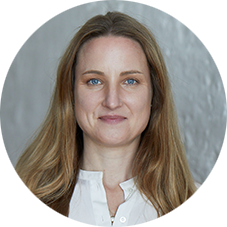 An interest in technology and art was placed in my cradle in the broadest sense. Even my grandmother dreamed of becoming an architect, although World War II, flight, and her life situation made it impossible at that time. My tech-savvy father raced Formula V, and a race car remained later in our garage. I had self-built tree houses, which were often the basis of my dreamy childhood games. My mother gave me a love of dance, music, visual arts and nature. First, I studied mechanical engineering, but I quickly realized that my desire to express myself artistically was greater than I initially thought. Architecture gives me the opportunity to combine technology and art in a charming and sustainable way and to actively tackle the social and ecological challenges of my time.
An interest in technology and art was placed in my cradle in the broadest sense. Even my grandmother dreamed of becoming an architect, although World War II, flight, and her life situation made it impossible at that time. My tech-savvy father raced Formula V, and a race car remained later in our garage. I had self-built tree houses, which were often the basis of my dreamy childhood games. My mother gave me a love of dance, music, visual arts and nature. First, I studied mechanical engineering, but I quickly realized that my desire to express myself artistically was greater than I initially thought. Architecture gives me the opportunity to combine technology and art in a charming and sustainable way and to actively tackle the social and ecological challenges of my time.
Tom Meurer
 I personally consider two aspects to be essential in relation to my understanding of architecture. I was born in Trier, the oldest city in Germany. The (construction) history of individual historical testimonies such as the Roman palace auditorium, as well as the later transformation processes of these buildings, which over time were repeatedly rebuilt, expanded and adapted to the needs of the citizens and yet remained dignified always impressed me. "Continuing to build" and learning from what already exists could be learned by living here.
I personally consider two aspects to be essential in relation to my understanding of architecture. I was born in Trier, the oldest city in Germany. The (construction) history of individual historical testimonies such as the Roman palace auditorium, as well as the later transformation processes of these buildings, which over time were repeatedly rebuilt, expanded and adapted to the needs of the citizens and yet remained dignified always impressed me. "Continuing to build" and learning from what already exists could be learned by living here.
The other aspect is more family-oriented. Both grandfathers were stonemasons, some with their own quarries. It was there that I saw the importance of craftsmanship early on. Working with architecture was therefore predestined to a certain extent.
What are the core values of Meurer Architektur + Stadtplanung, and how do these influence the projects you take on?
Our focus lies in the urban context and in how the transformation of the city towards a system of sustainable interlocking objects can succeed. The location, with its challenges as well as the program of the building task, is the starting point of any project. The size of the project is irrelevant. Rather, it is the systemic conditions that are placed on a project that make it a valuable player in the context of the city.
What inspired you to begin construction of the One building, and what did you hope to achieve with it?
German cities are not major protagonists when it comes to high-rise construction if you look at it in an international context. However, we maintain that there is a certain tradition of European high-rise construction, which stylistically comes in a form of formal understatement. Mies van der Rohe's contributions to high-rise construction can be regarded as groundbreaking and style-defining. Without wanting to claim that the ONE was stylistically close to Mies' architecture, its figurative simplicity nevertheless bears a certain affinity. In any case, our intention was to design a European skyscraper that makes it clear where its roots are.
Featuring Projects From the 2022 EU Prize for Contemporary Architecture - Mies van der Rohe Award
What was the motivation behind the aesthetic design of the building? Why did you choose to create the broad sides and striking triangular elements?
The first designs of the ONE were created intuitively by hand on the model. The resulting design concept of ONE is based on two theses:
On the one hand, the interpretation of the found urban space as space-forming figures is characterized by triangular geometries and their translation into the vertical. The geometric specifications for the form play of the ONE take up the lines of the surrounding urban space, which is characterized by triangles or trapezoidal forms. From it developed the figure of the overall ensemble as well as the skyscraper head. The cubature, developed from a strict cuboid form with its overhang on the 34th floor and its southern recess, creates a spatial sculptural effect that communicates with its surroundings.
Due to their height, skyscrapers demand a symbolic gesture, which ONE delivers through its extreme slenderness and the asymmetrical geometric projection of the skyscraper head with its increased dramaturgy, especially towards the Platz der Einheit, and thus towards the entrance of the Europaviertel.

Image Credit: Meurer Architektur + Stadtplanung
Secondly, the mix of uses for a hybrid conception of the city in the vertical contributes to the ONE‘s claim to be an urban building. In this respect, the development of the ONE placed the greatest emphasis on communication in all its facets. The building can be seen as a citta in nuce - a city in the vertical, with stacked uses connected by voids. The uses of gastronomy, conference hotel, coworking with roof terrace, office and sky bar with roof terrace arranged in the vertical underline this aspect. In particular, the ground floor with its shared lobby, a multi-dimensional spatial experience of merging office and hotel lobby, with cafe, bar, and lounges, meets the demand for an urban place of communication.
Could you describe the dimensions of the building and the organization of space inside?
The figure of the building develops from a rectangular basic form with a length of 68,40 m and a width of 30,00 m. With its 49 floors and a height of 190.85m, it grows to a very slim-looking high-rise building with narrow sides.
The core component of the hybrid utilization concept is, on one hand, the four-star superior design hotel (01.-14. floor) with its 375 hotel rooms, its own conference area, gastro facilities, fitness areas, spa, and sky bar on the 47th floor and, on the other hand, the office utilization (15th-46th floor). In the development of the office space, particular emphasis was placed on the flexibility of expansion, so that only shell and core as unchangeable determinants define the spatial limit and a wide variety of office concepts can be realized without major conversion measures.
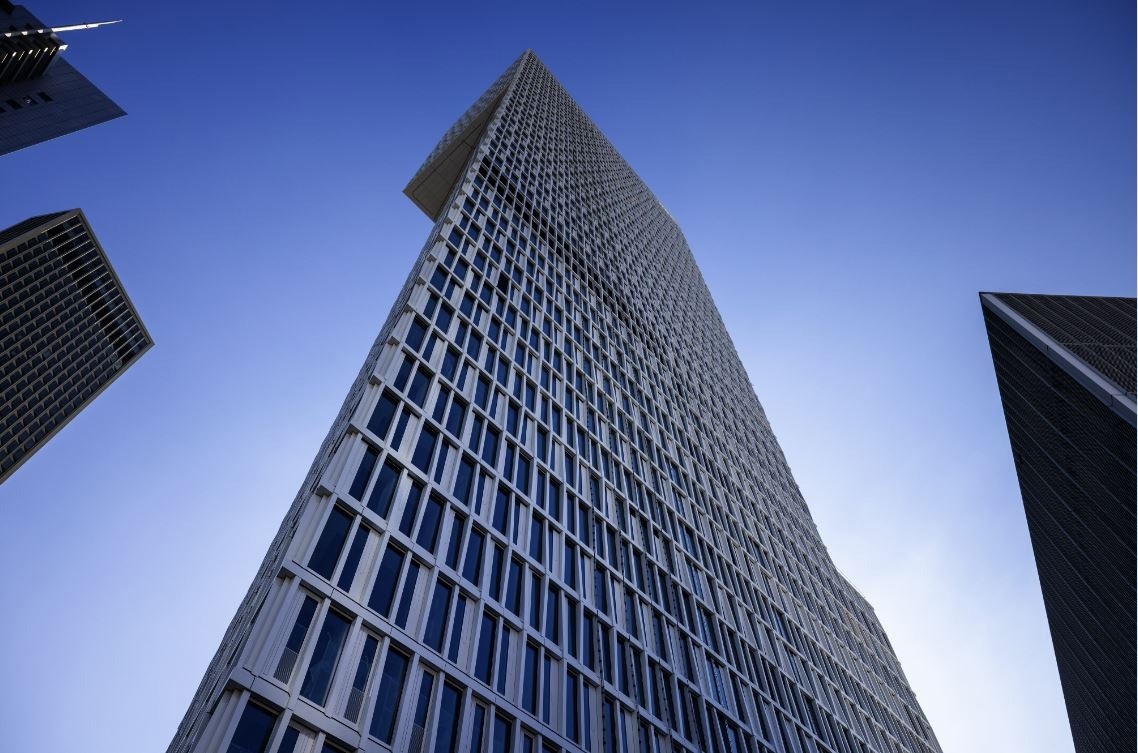
Image Credit: Meurer Architektur + Stadtplanung
The floor plan configuration consists of a solid reinforced concrete core (12.60 m ) surrounded on all sides by the 8.00 m deep areas for hotel and office use. In addition to the technical functional areas, the core contains all the vertical access systems required for hybrid use (4 hotel elevators, 8 office elevators) and the two safety stairwells. The office floor plans are designed in such a way that each floor can also be divided into up to four rental units (400 sqm units), which brings immense advantages in the intended flexibility of the rental.
The basic idea of an extremely flexibly expandable office building is also reflected in the fact that partition wall connections are easily possible in all main and secondary axes (2.40/1.20m) of the building and that the 8.00 m deep rental areas are ideally suited and designed for the implementation of alternative office worlds (individual, combined offices, open space).
How does this building contribute to the cultural landscape of the city of Frankfurt?
The approach of building a high-rise building that is linked to the environment and offers uses to the entire population and not just to its immediate users is new in certain respects. In this way, it contributes to the vitality of life in the district. It's not just an island of the blissful.

Image Credit: Meurer Architektur + Stadtplanung
Was there any particular consideration given to the carbon footprint of the building, either in regard to the building process, materials, or energy optimization?
In terms of the choice of material for the primary construction of a 190m-high building, there will probably be no getting around the use of climate-damaging reinforced concrete in the medium term. The entries to the High-Rise Award are impressive proof of this. In this respect, it is initially difficult for any high-rise building to turn the extremely disadvantageous climate-related mortgage of the construction into a positive momentum. This makes it even more important to focus on the idea of sustainability when designing any building.
During the development of ONE, the idea of sustainability was therefore brought into the planning from the very beginning as well as into the implementation, and took place under consideration of the strictest sustainability criteria for a green building in the categories of ecological, sociocultural/functional, and economic quality under the Deutsche Gesellschaft für nachhaltiges Bauen (DGNB).
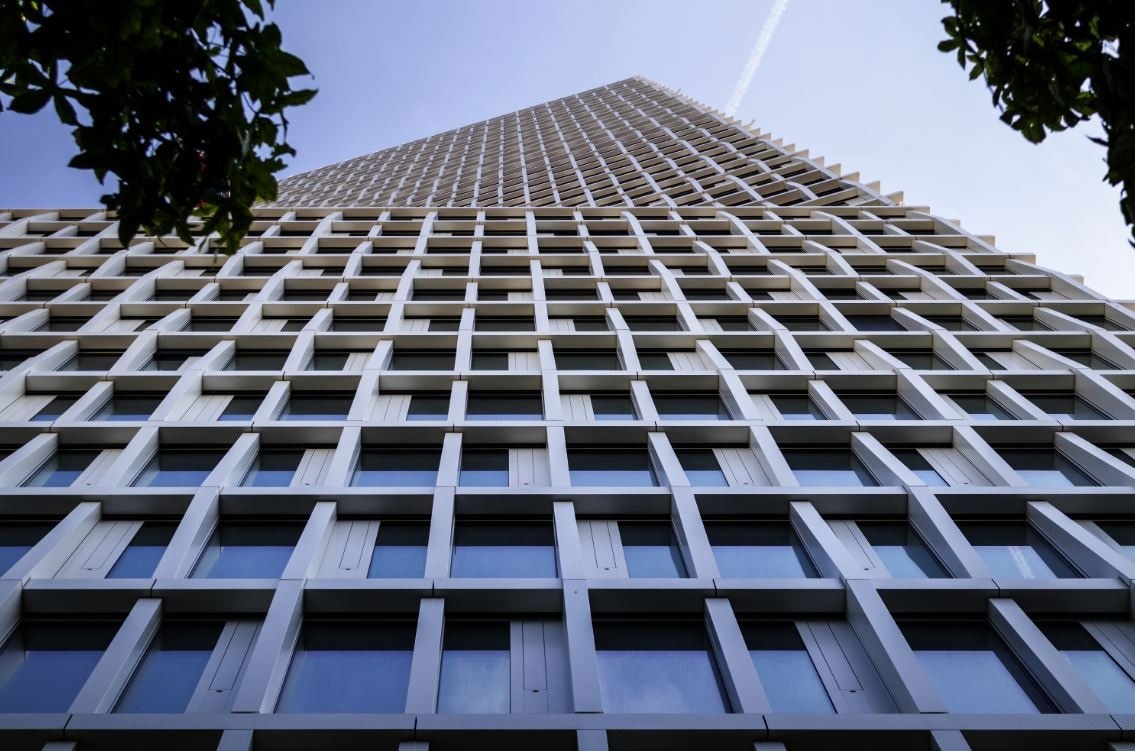
Image Credit: Meurer Architektur + Stadtplanung
In addition to protecting the environment, special emphasis was placed on the health and well-being of tenants and future users as part of the certification process. For example, through a variety of measures, the ONE achieves the highest possible score for indoor air quality (e.g., through supply air humidification), risks to the local environment, acoustic and thermal comfort, as well as energy costs. The ONE undercuts the specifications of the current Energy Saving Ordinance (EnVV) by almost 37%. This was made possible by, among other things, the quality of the thermal envelope with an opaque proportion of 40% and the planning and implementation of an external sun protection system, which can also be considered a unique selling point of the ONE, as it has never been installed in a high-rise building at such a height.
The same applies to safety in the building, accessibility, and the range of uses offered to the public. A special feature of the ONE is the conceptual interlocking of public and private uses which, especially on the ground floor with the jointly used lobby, brings the urbanity and liveliness of the city into the building and thus becomes the heart of the mix of uses in the ONE.
Ultimately, the building was already pre-certified with the highest possible DGNB Platinum status. Platinum certification is expected to be achieved this year.
The One building has been nominated in 2022 for the International High Rise Award. How does it feel to have your work nominated on this list?
It is of course wonderful that the ONE was selected from so many remarkable submissions. After all, it is one of the most important prizes awarded in this department worldwide. More important than the nomination itself, however, is the fact that it recognizes the persistent work of many construction workers, engineers, and other experts. We are very grateful to be part of this team.
What do you believe sets the One building apart from other high-rise buildings in Frankfurt and beyond?
The location at the entrance to Frankfurt‘s Europaviertel, in the direct vicinity of the trade fair and embedded in the urban high-rise cluster consisting of Messeturm, Kastor, Pollux as well as T 185 and Grand Tower, is not the 1A location of the city center where most of the bank towers are to be found, but a location of the developing new European Quarter. Here, the ONE forms a new entrance court to Skylineplaza and the KAP Europa congress center. Its axial position on Platz der Einheit forms a prominent presence in the urban space at the entrance to the Europaviertel. The tower and its annex form urban spaces that accentuate the existing geometric dominants.
Because of this location, a concept was developed from the outset together with the client that does not compete with the architecture of the bank towers and, with its character, breaks away from these well-known, distinguished models, appealing to a different, younger public.
This intention is already evident when entering the lobby, which is not a sterile, empty "cathedral" serving only the reception and zoned only by a solitary reception counter, but is laid out as a shared lobby that offers a variety of uses to people who frequent ONE, an urban place of communication and encounter.
The shared lobby is an expression of the special ONE character, which is not characterized by a single tenant but by the diversity of users. Thus, in addition to the obligatory reception counters for the hotel and the office, there is also a cafe, a bar, and a lounge area in a coherent, diverse spatial continuum.

Image Credit: Meurer Architektur + Stadtplanung
In addition to the main uses of the office and hotel, the shared lobby also provides access to ONE's diverse offerings. The restaurant on the 1st floor, the conference rooms on levels 2 and 3, the SPA area, the coworking floors on the 15th-21st floors and, of course, the Skybar with ski restaurant and 360° roof terrace, which can also be seen as a unique selling point in Frankfurt, should be mentioned here.
Are there any new or particularly exciting projects that you are working on currently? Will these also be high rises and share the same ambitions as the One building?
We are currently working on several different projects that have similar ambitions, as mentioned at the beginning. With a focus on the absolutely relevant topics of sustainability and climate efficiency, they play an important role in all projects. This applies in particular to the new headquarters for EnBW in Karlsruhe. Here, new working environments are planned for around 2,000 employees of the well-known energy company, which reflect all the requirements of modern communication and interactive work within a company. The building will not be a skyscraper; with its dimensions, it is more of a "groundscraper" since it occupies an entire city block with its various office work environments.
Where can readers find more information?
www.meurer-architekten.com
www.one-frankfurt.de
www.caimmo.com/de/portfolio/projekt/one
www.nhow-hotels.com/de/nhow-frankfurt
www.skylineatlas.de/tower-one
About Kristina Meurer and Tom Meurer
Kristina Meurer, Dipl.-Ing. Architektin
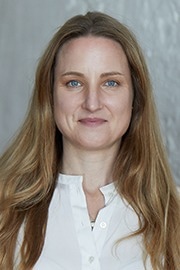 CEO and shareholder of MEURER ARCHITEKTUR + STADTPLANUNG (since 2006)
CEO and shareholder of MEURER ARCHITEKTUR + STADTPLANUNG (since 2006)
Head of Design Team
Various project managements of major projects such as EnBW Headquarters, Karlsruhe / Conversion of the Gießen Congress Hall, etc.
Prof. Tom Meurer, Dipl.-Ing. Architekt + Stadtplaner BDA
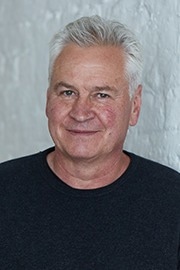 Founder, main shareholder of MEURER ARCHITEKTUR + STADTPLANUNG (1993)
Founder, main shareholder of MEURER ARCHITEKTUR + STADTPLANUNG (1993)
Head of Design Team
Professorship of design and building science at the THM Gießen (since 2002)
Member of the planning and design advisory board of the city of Mainz (since 2018)Jury member in various national and international competitions
Disclaimer: The views expressed here are those of the interviewee and do not necessarily represent the views of AZoM.com Limited (T/A) AZoNetwork, the owner and operator of this website. This disclaimer forms part of the Terms and Conditions of use of this website.